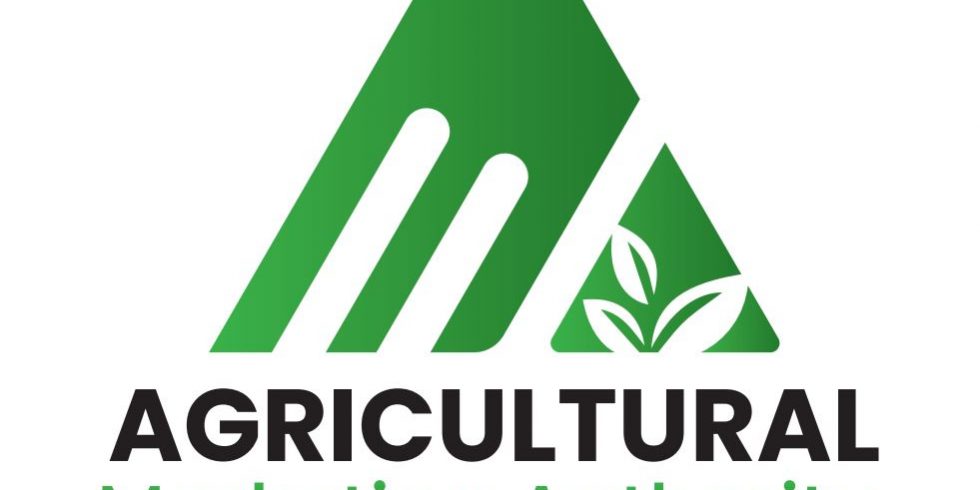By Munyaradzi Chichevo
Onion is one of the most consumed crop in Zimbabwe. Almost every dish consumed daily include onion, thus making it an important crop. Since onions are consumed in almost every household in Zimbabwe, this means that they will always have a ready market. Not only are onions grown for domestic consumption but are also grown for commercial purposes.
Production of onions in Zimbabwe is mainly conducted in the cooler season. Sowing period is usually from February to April for optimum growing condition. Short day onion varieties are either fresh or drying onion depending on genetics. Plant population ranges from 650 000 to 900 000 plants per hectare depending on spacing and production considerations.
https://www.sundaymail.co.zw/a-guide-to-onion-production
Dried onions can be stored for 4 to 6 months depending on variety shelf life and storage facilities. Variety choice is an important production consideration and has a great impact on profitability.
Production tips
All short day onion varieties require a photoperiod (day length) of between 10 – 12 hours for bulb initiation; for instance, if a variety is exposed to a shorter than required photoperiod, there will be a high percentage of non-bulbing plants with thick necks. If a variety is exposed to a longer than required photoperiod, even only for a few days, the young plants will bulb prematurely, leading to reduced bulb size and yield.
Even though day length is the primary factor responsible for bulb initiation (to which degree an onion variety will bulb), temperature plays a crucial role in the rate of bulbing. Onions need soil temperatures of between 15 – 25°C to germinate successfully. Temperatures of between 18 – 22°C is adequate for vegetative growth, but bulbing will be slower at lower temperatures. Fast and proper bulbing requires temperatures of between 25 -28°C. Temperatures below 10°C are detrimental and cold damage may occur, especially if the nitrogen available in the soil is low. When temperatures are below 10°C during the bulbing stage of the growth cycle, growth will be retarded, and the plants might bolt (extreme fluctuations in day-night temperatures induce bolting.
Plant population influences bulb size and therefore the final yield. The consumer generally prefers a medium-sized bulbs of between 50mm and 70mm. The optimum plant population depends on the preferred marketable size, climate, soil type and planting date. The optimum plant population is between 650 000 – 900 000 plants per hectare (final stand).
Direct sowing: It is suggested to sow approximately 900 000 to 1 000 000 seed per hectare / 3.5 – 4.0kg seed per hectare, depending on the seed size and seed quality/germination factor (germination percentage of seed). Transplanting and sets: Depending on the seed quality, it is suggested to sow approximately 5kg to 5.5kg seed for one-hectare seedlings.
Nutrition
Onions are sensitive to waterlogging and require well-drained soil of at least 20cm deep. The optimal soil pH for growing onions is between 5.5 and 6.8. A low soil pH increases the occurrence of certain soil-borne pathogens such as Sclerotium Cepivorum (white rot) and Fusarium Oxysporum f. sp. cepea (Basal rot). The ratio of nitrogen (N) to potassium (K) is very important. In onion cultivation, potassium and Sulphur play an important role in the keeping ability (storage and shelf life), firmness and health of onions. It is important to keep the ratio of nitrogen to potassium at 1:1.5. Thick necks in onions are not only an indication of incorrect sowing time, excessive nitrogen (applications), but might be due to an imbalance between nitrogen and potassium.
Basal fertilizer recommended in most Zimbabwean soils ranges around 600kg of compound C as a rough rule of thumb. Best recommendation is to use soil sample results for effective fertilizer program. Ammonium Nitrate should not be excessive to avoid formation of bull necks.
Onion curing
Adequate curing may require 2-4 weeks, depending on the weather (wind, temperature, humidity etc.) conditions. The best skin develops at 24-32°C. Curing can also be done by controlled ventilation in a storage room/warehouse by blowing heated air through the bottom of the onion pile to the top, at 9 – 15 cubic metres per minute per tonne. Onions are considered cured when the neck is tight, and the outer scales are dry and make a rustling sound when handled. This condition is reached when onions have lost between 3% and 5% of their weight. If not adequately/properly cured, onions are likely to decay in storage.
Nutritional values
Even though all vegetables are important for health, certain varieties offer unique benefits. Onions are highly nutritious and have been associated with several benefits, including improved heart health, better blood sugar control, and increased bone density.
These vegetables contain various vitamins, minerals, and potent plant compounds that have been shown to promote health in many ways. In fact, the medicinal properties of onions have been recognized since ancient times, when they were used to treat ailments like headaches, heart disease, and mouth sores.
Marketing
Open markets, supermarkets and established vegetable markets push large volumes each year, onion is more profitable in the late period from planting that December to March. In this regard, new varieties from local companies such Capricorn from National Tested Seeds and Goblin from Charter Seeds have taken the market by storm. These varieties allow farmers to plant onion off the normal growing season and plant towards the end of the year around November to December.
Munyaradzi Chichevo is an agronomist with National Tested Seeds.
Word from the market is a column produced by the Agricultural Marketing Authority (AMA) to promote market driven production of agricultural crops. Feedback cchiduku@ama.co.zw or WhatsApp +263





